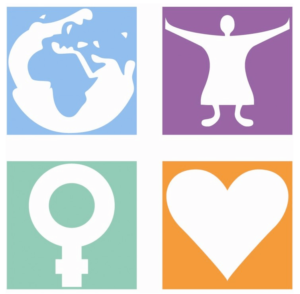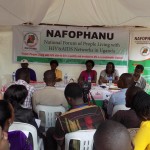In a focused effort to improve HIV treatment outcomes, a joint support supervision visit was conducted at Lira Regional Referral Hospital. This initiative brought together key stakeholders, including G2G, the Community Department, LPHS Lango-LSDA-UPMB, and Youth Alive, as well as representatives from the Ministry of Health (MoH) and various civil society organizations. The visit aimed to evaluate the integrated community service delivery model and identify facilities with high volumes of non-suppressed HIV clients for targeted support.
Key Findings and Challenges
During the visit, significant challenges and areas for improvement were identified, particularly at Amach Health Centre IV in Lira City:
High Number of Non-Suppressed Clients: From January to June, Lira Regional Referral Hospital registered a total of 856 non-suppressed clients. This alarming figure underscores the urgent need to address barriers to effective HIV treatment and viral suppression.
Stigma and Non-Disclosure: Stigma and discrimination were prevalent issues among clients, leading to reluctance in disclosing their HIV status or accepting home visits. This was especially pronounced among adolescents aged 20-24 years, where treatment literacy and support are critical yet insufficient.
Challenges for School-Going Adolescents and AGYW: Many adolescent girls and young women (AGYW) in school faced unique challenges. School staff often lacked adequate training and information on supporting HIV-positive students, resulting in mishandling and increased stigmatization. Furthermore, school matrons responsible for medication management frequently left school premises for personal engagements, leading to gaps in consistent medication adherence.
Parental Concerns: Parents expressed significant concern over the follow-up and care of their children in schools. There was a notable lack of support systems to ensure that HIV-positive students receive appropriate attention and management.
Implemented Measures: In response to these challenges, several measures have been put in place to support non-suppressed clients and improve their treatment outcomes:
Viral Load (VL) Monitoring: Services, including VL monitoring, are now being provided during school holidays. This approach ensures that school-going adolescents have better access to essential health services without disrupting their education.
Multi-Month Dispensing (MMD): MMD strategies have been introduced to reduce the frequency of medication refills, easing the burden on patients and their families. This initiative supports better medication adherence and management.
Ongoing Challenges
Despite these positive steps, there remain significant gaps, particularly for children with non-suppressed viral loads. The lack of follow-up interventions in schools, primarily driven by stigma, continues to hinder effective treatment and support for these young individuals.
Recommendations
To effectively address these issues and improve the support for non-suppressed clients, the following actions are recommended:
Schools should implement broad health education programs that include HIV as a core component. This will help reduce stigma and promote a more supportive environment for HIV-positive students.
Providing adequate training for school staff on managing and supporting students living with HIV is crucial. This training will empower staff to handle sensitive situations appropriately and reduce the risk of stigmatization.
The joint support supervision visit at Lira Regional Referral Hospital highlighted the critical need to address the challenges faced by non-suppressed HIV clients, particularly among adolescents and school-going youth. By tackling stigma, enhancing treatment literacy, and improving support systems, we can make significant strides in the fight against HIV.
We urge all stakeholders to continue their collaborative efforts to create a nurturing and supportive environment for all individuals living with HIV.



